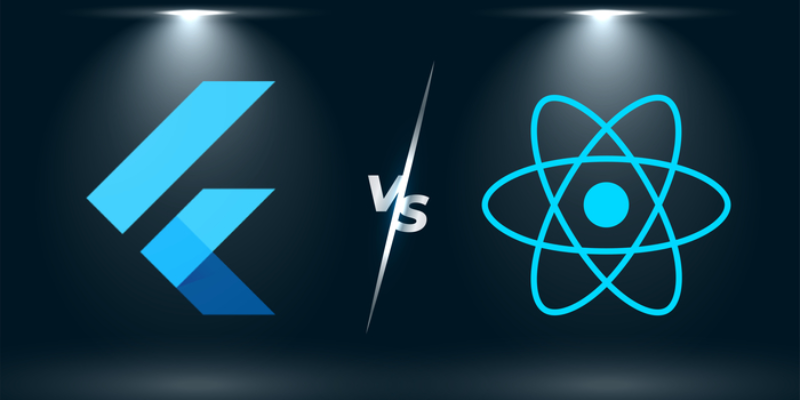
Both Flutter and React Native are tools for creating mobile apps. They assist in creating interactive iOS and Android apps. They both have the same function, so knowing how they differ and picking the best one for you is essential. You can get help from this post on Flutter vs. React Native. Now that you know what awaits you, let’s get started. For those interested in mastering Flutter, seeking Flutter Training in Chennai offered by FITA Academy could provide valuable resources and training opportunities in this emerging framework.
What is Flutter?
Flutter is an universal mobile app development framework made by Google. Using a single code base provides developers with a straightforward approach to creating and launching aesthetically pleasing, natively generated applications for desktop, web, and mobile (iOS, Android).
Which is Better Flutter or React Native?
Flutter has the advantage in terms of performance because it is built to native ARM or x86 libraries, making it incredibly quick. React Native is less performant than Flutter because it isn’t compiled into native code and retains the JavaScript layer.
Flutter vs React Native
Language
React Native: React Native benefits from JavaScript, one of the most widely used and versatile programming languages worldwide. Developers familiar with JavaScript can easily transition to using React Native, making the framework highly accessible and efficient for large-scale development. If you’re looking to master React JS, consider joining React JS Training in Bangalore, where you can enhance your skills and become proficient in building cross-platform applications.
Flutter: Flutter, on the other hand, utilizes Dart, a relatively new programming language introduced by Google in 2011. While Dart is not as popular as JavaScript, it offers powerful features, including faster compilation and enhanced performance. As Flutter grows in popularity, many developers are embracing Dart for its simplicity and robust performance.
User Interface
React Native: React Native relies primarily on native components for both iOS and Android platforms, providing a near-native experience for users. It offers a wide variety of external UI kits and libraries that help developers create visually appealing and functional user interfaces. With these tools, React Native allows for quick customization and responsiveness to different screen sizes.
Flutter: Interactive, visual, structural, and platform widgets are proprietary to Flutter. These widgets are integrated user interface elements that replace native platform elements. If you want to learn more about Google Flutter, join Flutter Online Courses to improve your knowledge and ability.
Overall, the choice between React Native and Flutter depends on factors like developer expertise, project requirements, and desired performance outcomes. Both frameworks offer distinct advantages catering to different mobile app development aspects.
Performance
React Native: React communicates with native components via a bridge built with JavaScript. This means that development and operating times are slower as compared to Flutter.
Flutter: No connection bridge is available to communicate with the device’s internal parts. As a result, interactions with native components are faster, improving the program’s overall speed. This contributes to optimizing performance in Flutter, delivering smooth and responsive user experiences, especially for high-performance or complex UI applications. The direct communication reduces overhead, making it a solid choice for performance-critical mobile apps.
Documentation
React Native: React Nativeprovides general documentation. The framework leans on external dev kits substantially.
Flutter: It provides easy-to-read documentation because of its well-organized and comprehensive content. The documentation has also been streamlined and made more transparent.
Popularity
React Native: Compared to Flutter, React Native is a more frequently used app development framework. More developers are using this framework since it allows them to create React native mobile apps quickly.
Flutter: Flutter still needs to catch up in terms of the number of developers despite its recent surge in popularity. Dart is a very new language; hence, developers are adopting it at a significantly lower rate.
Why React Native is Better Than Flutter?
Another area for improvement for Flutter developers is that, despite being faster, Flutter has enormous file sizes. Because React Native uses JavaScript to make things easier, it has a more robust community following. Finding a trustworthy Training Institute In Chennai for developers seeking training in these frameworks can be advantageous for obtaining the necessary skills and remaining up to date with the newest breakthroughs in mobile app development.
Also Check: Which Framework Offers Better Community Support?